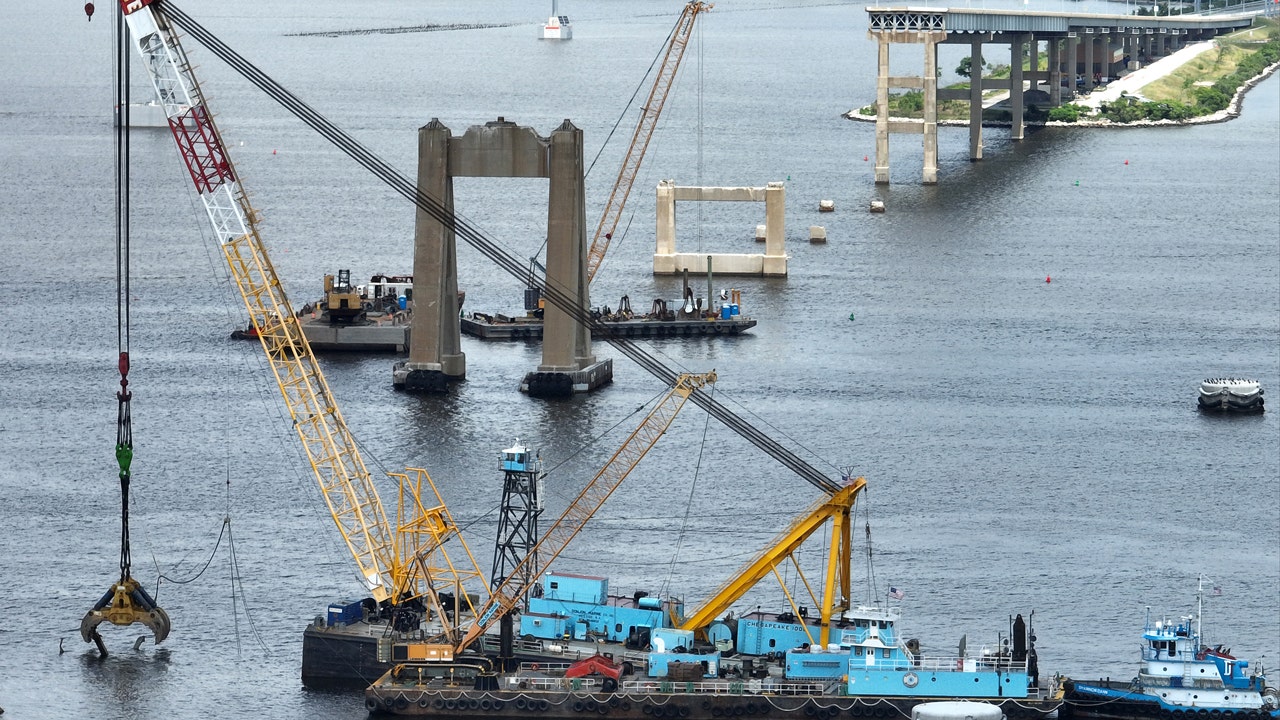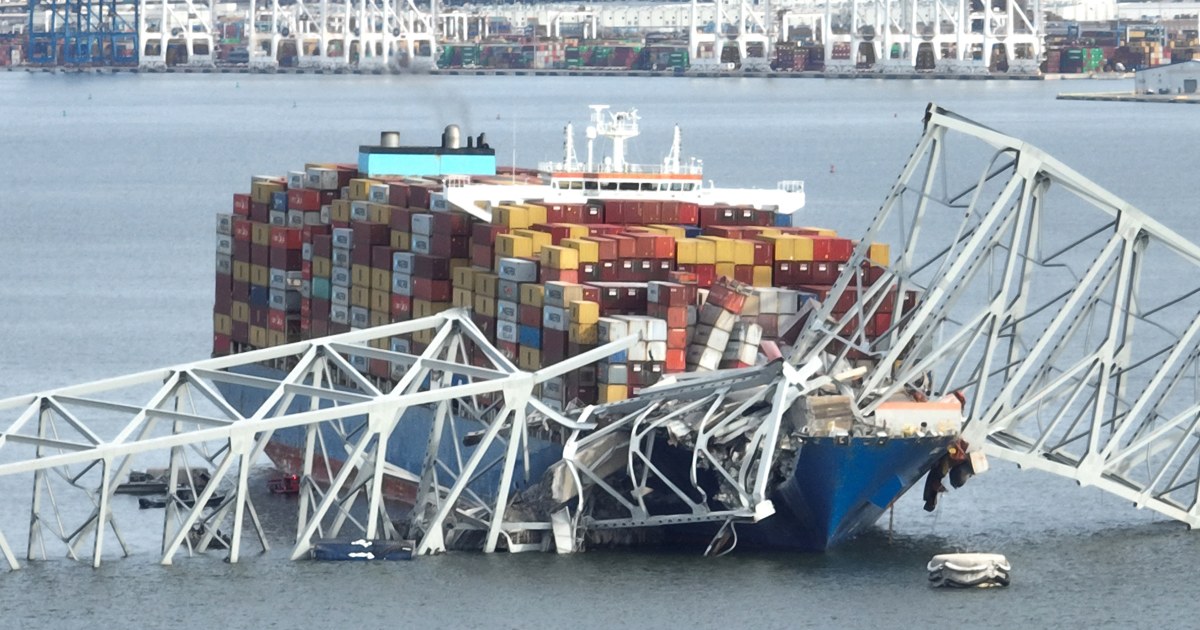
The Port of Baltimore, one of the busiest ports in the United States, has fully reopened after a major incident that occurred on March 26, 2024. The Francis Scott Key Bridge, a critical infrastructure supporting maritime traffic into the port, collapsed due to a cargo ship striking one of its support columns. Six highway construction crew members lost their lives during the incident.
The cause of the electrical issues that led to the loss of power and propulsion for the container ship Dali, which struck the bridge, is still under investigation by various authorities including the National Transportation Safety Board and FBI. The exact causes have yet to be determined.
Following the incident, a massive cleanup effort was launched to remove debris from both sides of the Patapsco River. Approximately 50,000 tons of steel and concrete were removed in total.
The Fort McHenry Federal Channel, which is essential for commercial transit through the Port of Baltimore, has been fully reinstated to its original operational dimensions of 700 feet wide and 50 feet deep. This means that two-way traffic can resume once again. Additional safety requirements have also been lifted due to the increased width.
Thousands of longshoremen, truckers, and small business owners were affected by the closure of the port, prompting local and state officials to prioritize reopening it as soon as possible in order to ease economic ripple effects. The Port of Baltimore processed a record 1.1 million containers and $80.8 billion in foreign cargo value last year, making it crucial for commerce that depends on the busy port to resume normal capacity.
The salvage operations involved over 500 specialists from around the world, 18 barges, 22 tugboats, 13 floating cranes, and four survey boats. The cargo ship Dali was refloated and guided back to port on May 20 after being stuck amid the wreckage for almost two months.
Col. Estee Pinchasin of the Army Corps of Engineers expressed her pride in the team effort that made this achievement possible, acknowledging both the loss of lives and the economic impact caused by the bridge collapse.
The exact cost for rebuilding the bridge is estimated to be between $1.7 billion and $1.9 billion.





